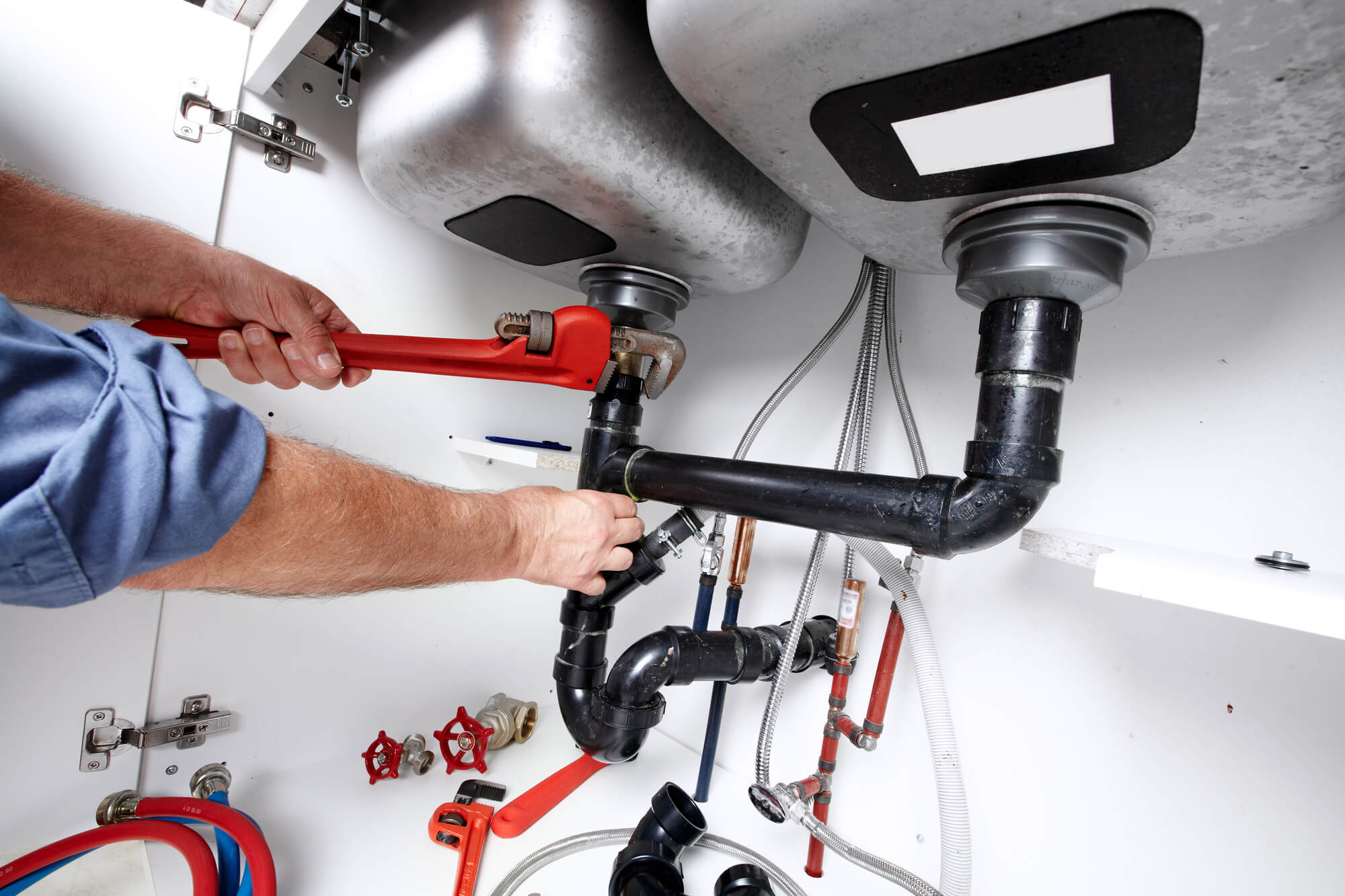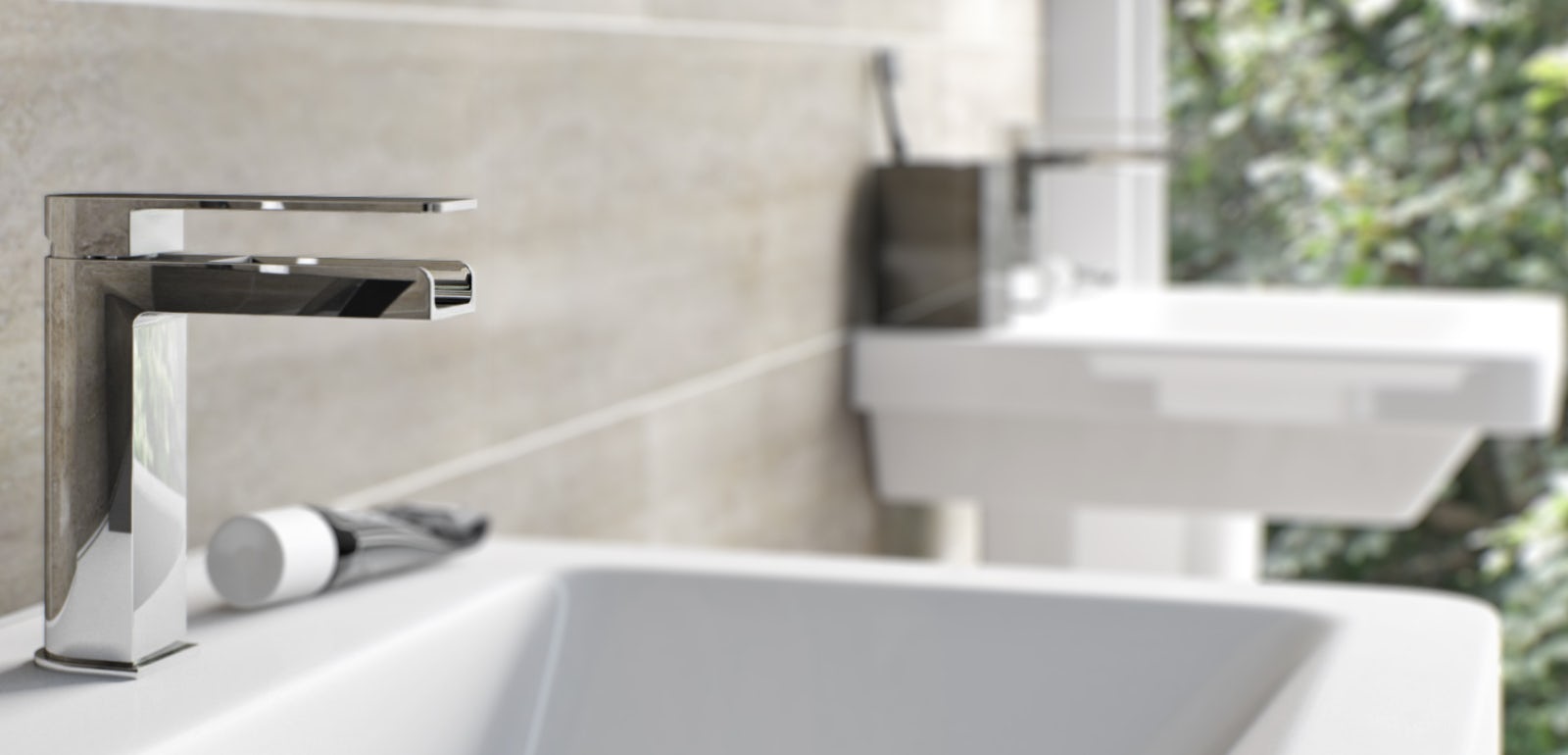Learning the Fundamentals of Home Plumbing: A Beginner's Tutorial
Learning the Fundamentals of Home Plumbing: A Beginner's Tutorial
Blog Article
This post listed below involving Plumbing Basics For Every Home: The HomeTriangle Guide is amazingly insightful. You should check it out.

Plumbing is an essential aspect of any type of home, responsible for supplying clean water for drinking, food preparation, and showering, in addition to eliminating wastewater safely. Understanding the basics of home plumbing is crucial for every single house owner to guarantee proper upkeep, troubleshooting, and, if needed, repair work. In this newbie's overview, we'll cover the fundamental principles of home plumbing to assist you come to be a lot more acquainted with how it functions.
Water Heater
The water furnace is in charge of heating water for domestic usage, including showering, food preparation, and cleansing. Usual kinds of hot water heater include tank-type water heaters, tankless (on-demand) water heaters, and heat pump water heaters. The water heater is attached to the water system and delivers hot water to plumbing fixtures as required.
Drainage System
The drain system removes wastewater from your home and lugs it away to a sewer therapy center or septic system. It contains a network of pipes, installations, and fixtures that transport wastewater from plumbing components to the primary drain line or sewage-disposal tank. Appropriate drainage is vital to avoid obstructions, backups, and sewage leakages.
Ventilation System
The air flow system assists preserve correct air pressure and stop sewer gases from entering your home. Vent pipes, likewise known as vent heaps, prolong from plumbing fixtures to the roof, permitting drain gases to escape safely outside. Ventilation pipelines additionally allow air to go into the water drainage system, facilitating smooth wastewater flow and protecting against suction or vacuum cleaner effects.
Water Supply System
The supply of water system brings clean water into your home from a local water resource or a personal well. It consists of a major water line that links to your home's plumbing system, generally situated underground. A water meter gauges the quantity of water eaten, while a shut-off valve enables you to regulate the flow of water right into your home.
Plumbing Fixtures
Plumbing components are gadgets that deliver water to numerous parts of your home and include sinks, faucets, toilets, showers, bath tubs, and home appliances such as dishwashing machines and cleaning equipments. Each fixture is linked to the water system using pipelines and fittings and may have its shut-off shutoff for upkeep or emergencies.
Typical Plumbing Devices
Having the right tools available is crucial for doing standard plumbing repairs and maintenance tasks. Typical plumbing tools include flexible wrenches, monkey wrench, pliers, pipeline cutters, hacksaws, bettors, augers (or drainpipe serpents), and Teflon tape. Having these devices easily offered can assist you deal with small plumbing concerns effectively.
Basic Plumbing Repairs
While some plumbing fixings may require expert support, several typical issues can be attended to with basic do it yourself techniques. Understanding how to take care of a dripping tap, unclog a drainpipe, change a toilet flapper, or repair a trickling showerhead can conserve you time and money on plumbing repair work.
Verdict
Understanding the basics of home plumbing is vital for every single home owner to maintain a safe, practical, and effective plumbing system. By familiarizing on your own with the water system system, plumbing components, drain system, air flow system, typical plumbing tools, and fundamental fixings, you can with confidence resolve small plumbing concerns and guarantee your home's plumbing system operates smoothly.
Plumbing for Beginners: A Comprehensive Guide
If you’re a beginner when it comes to plumbing, don’t worry; you’re not alone. Plumbing may seem intimidating, but with the right knowledge and a little practice, you can handle many common plumbing issues on your own. In this comprehensive guide, we will demystify the world of plumbing for beginners, providing you with the basic knowledge and skills needed to tackle common plumbing problems and even take on some DIY plumbing projects.
The Importance of Basic Plumbing Knowledge for Beginners:
First and foremost, basic plumbing knowledge gives you a solid foundation. It helps you grasp the key concepts and terminology that are essential in this field. By learning the basics, you’ll be able to build upon that knowledge and tackle more complex plumbing tasks in the future.
Having a basic understanding of plumbing also enables you to handle common issues that may arise in your home. Picture this: a leaky faucet or a clogged drain. With some basic plumbing knowledge, you’ll have the confidence to troubleshoot and fix these problems on your own. It saves you from unnecessary expenses and the hassle of waiting for a professional to arrive.
As a beginner, learning the basics of plumbing empowers you to take care of your own home. It gives you a sense of independence and self-reliance. You’ll no longer have to rely solely on professionals for every small issue that pops up. Instead, you can handle many tasks yourself, saving time and money in the process.
Remember, everyone starts as a beginner. Embrace the learning process and take small steps to expand your plumbing knowledge. There are plenty of online resources, tutorials, and even local workshops that talk about plumbing for beginners.
Essential Tools for Plumbing for Beginners
As you start your plumbing journey, having the right tools in your toolbox is crucial. Let’s explore some of the must-have tools:
Adjustable Wrench:
This versatile tool is a staple in any plumber’s toolbox. It allows you to tighten or loosen nuts and bolts of various sizes. Make sure to have an adjustable wrench with a comfortable grip.
Pipe Wrench:
A pipe wrench is specifically designed for gripping and turning pipes. It has serrated jaws that provide a strong grip, making it easier to loosen or tighten threaded pipes and fittings.
Plunger:
The plunger is a simple yet effective tool for clearing clogged drains and toilets. It creates suction when you push and pull, helping to dislodge blockages. Keep a good-quality plunger handy for those unexpected clogs.
Pipe Cutter:
When it comes to cutting pipes, a pipe cutter is your go-to tool. It creates clean, precise cuts without damaging the pipe. Look for a pipe cutter that can handle the pipe sizes you’re working with.
Hacksaw:
A hacksaw is useful for cutting through pipes, screws, and other materials. It’s a versatile tool that can handle different cutting tasks. Remember to use a blade suitable for cutting metal.
Tape Measure:
Accurate measurements are crucial in plumbing. A tape measure allows you to measure pipe lengths, distances, and dimensions accurately. Opt for a sturdy tape measure that extends a good length.
Pliers:
Pliers come in handy for various tasks, such as gripping, bending, and cutting. Slip-joint pliers with adjustable jaws are great for gripping pipes, nuts, and bolts.

I recently found that content about What to Know About Plumbing: Basics, Tips, and Insights when exploring the internet. For those who appreciated our blog posting kindly don't forget to pass it around. Thanks a bunch for your time. Kindly stop by our site back soon.
Visit Link Report this page